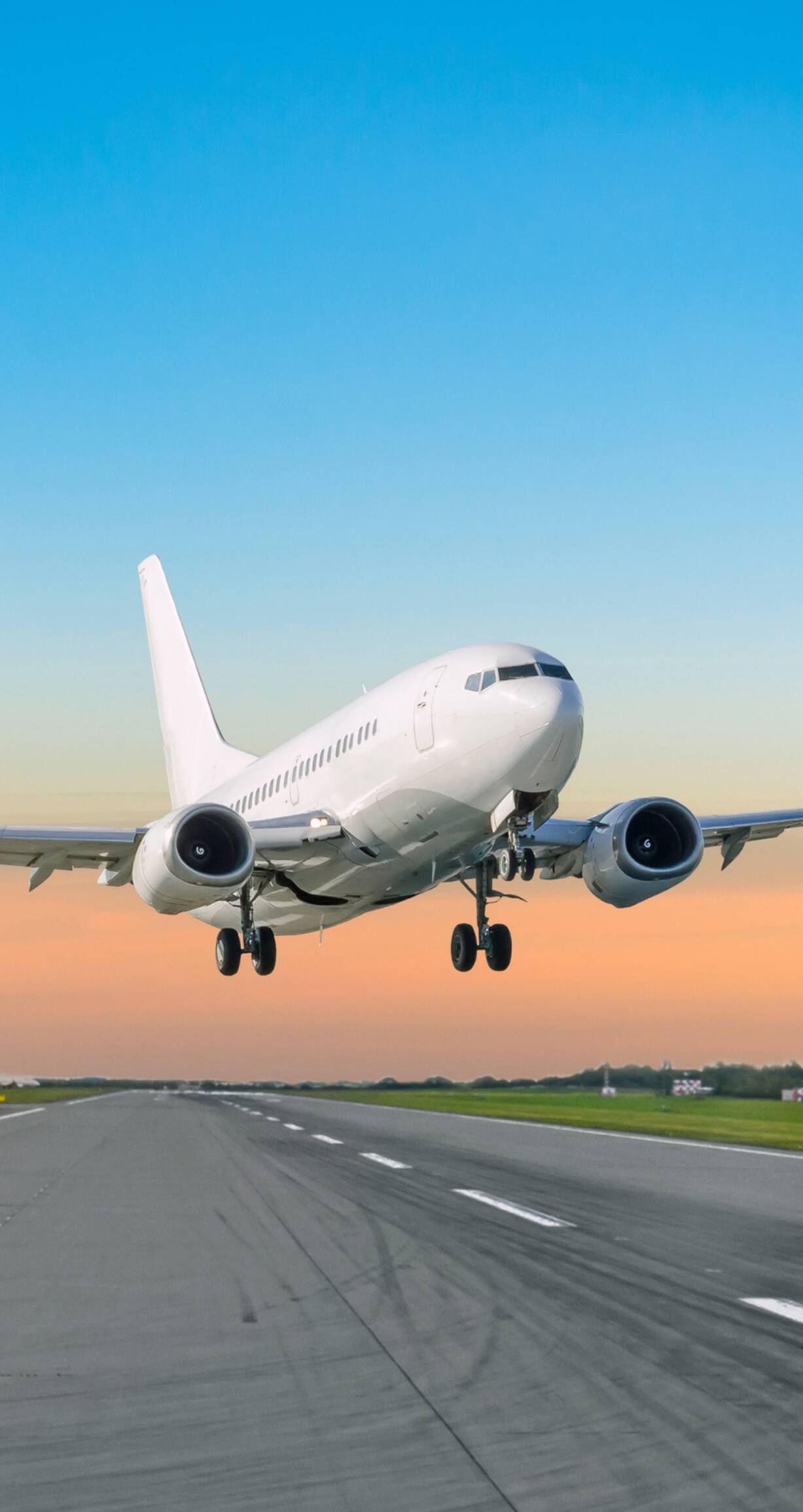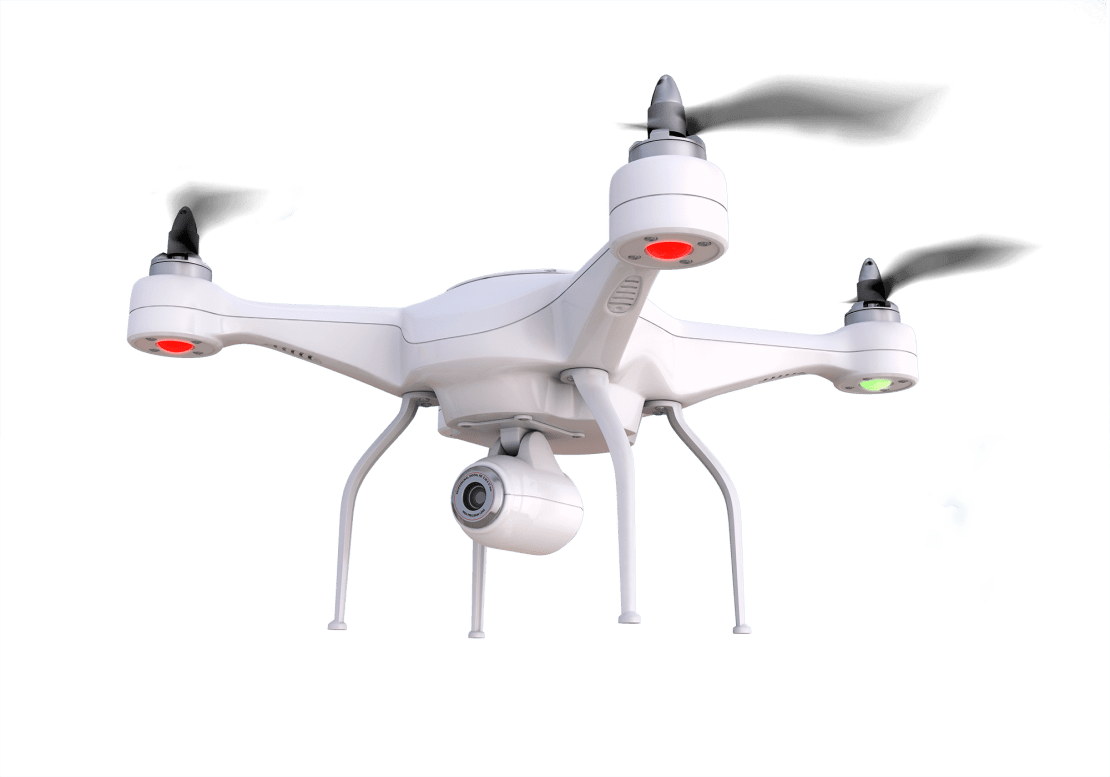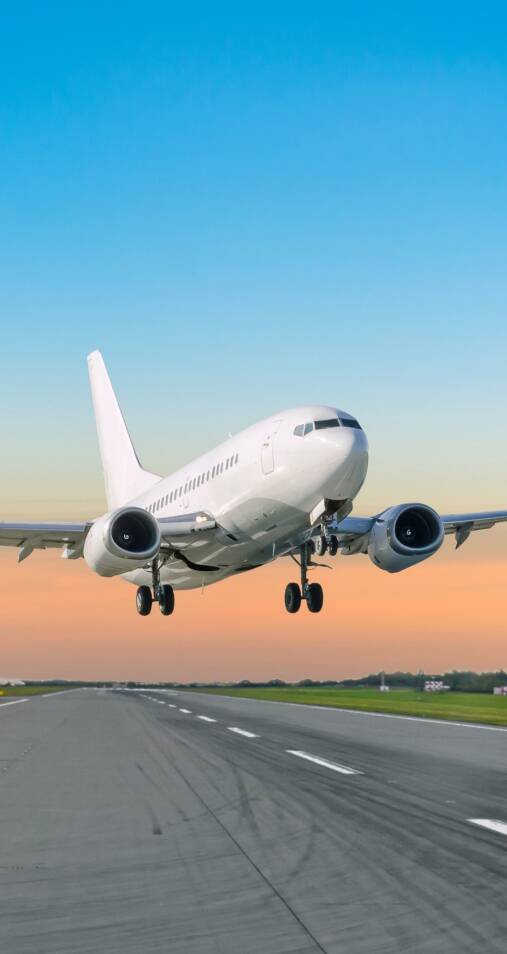


industry for inspiration
Over the past 12 months, air transport has faced one of its biggest tests, but with new technologies emerging and new airborne users on the horizon, aviation needs to be ready for a new reality. To help the industry prepare for the future that awaits, CANSO gathered hundreds of industry figureheads at the CANSO Global Leadership Summit 2021 in March and explored the concept of digitisation and the lessons learned in other industries.
In the opening session, Futurist Gerd Leonhard reminded the aviation industry that digitisation is not a choice but a necessity.
“We are at the tipping point of exponential change,” he said. “Digital transformation is going on all around us – teaching, work, and shopping is all happening online. Anything that can be automated or digitised, will be.”
The CANSO Global Leadership Summit detailed this widespread acceptance of a new normal. Leonhard even suggested that only those sectors that are part of the sustainable, digital economy will survive into the future. As a service industry, he said, air traffic management (ATM) must move to the cloud, use data and be smart and connected, much as every other service industry is doing. This will create a new “meta-intelligence” in the industry.
But ATM must move quickly. And that will take high level collaboration. An air navigation service provider (ANSP) cannot digitise the entire ATM system through individual effort. The industry must not only think together and do together but also welcome outside influence and ideas.
That even means seeing disruptors not as competitors but as potential partners and collaborators. After all, new entrants see an opportunity in the market and an ANSP would do well to understand the nature of that opportunity.
Artist and Innovator, Daan Roosegaarde, underlined this point in his presentation. “There is no perfect world, and nobody knows what the future will look like,” he said. “But we know we can improve step by step. If we don’t invest in new ideas, it won’t go well. We have to try, we have to learn.”
The current pandemic has been a catalyst for change, spurring on a transformation that will see the world develop faster over the next decade than in the past 100 years. It will affect every industry and individual. So, what does this mean for aviation?

“We are at the tipping point of exponential change, digital transformation is going on all around us – teaching, work, and shopping is all happening online. Anything that can be automated or digitised, will be.”
Gerd Leonhard
Futurist keynote speaker
“There is no perfect world, and nobody knows what the future will look like, but we know we can improve step by step. If we don’t invest in new ideas, it won’t go well. We have to try, we have to learn.”
Daan Roosegaarde
Dutch artist and innovator
Regional innovation
There are several initiatives already underway to digitise the skies and introduce novel ideas.
In Europe, experts now talk of the SESAR Joint Undertaking delivering a Digital European Sky rather than a Single European Sky, which is more of a political construct. For SESAR, the Digital European Sky will leverage the latest digital technologies “to transform Europe’s aviation infrastructure, enabling it to handle the future growth and diversity of air traffic safely and efficiently while minimising environmental impact”. For its part, CANSO is an ardent supporter of this initiative, and the efficiency benefits it could bring across the aviation industry.
The aim is to make the ATM system more modular and agile to deal with disruptions, traffic growth and the diversity of air vehicles. “To bring the maximum benefits, the digital transformation will be holistic and passenger-centric, covering air travel door-to-door and involving everyone that plays a role in that experience, from the airports, airlines and air navigation service providers, to the regulatory, standardisation and safety bodies,” states the organisation’s blueprint for the digital European sky.
SESAR lists several key areas:
• Connected and automated ATM
• Air-ground integration and autonomy
• Capacity-on-demand and dynamic airspace
• Virtualisation and cyber-secure date sharing
• Artificial intelligence
• U-space and urban air mobility
• Civil- military interoperability and coordination
SESAR has released the latest draft of the Strategic Research and Innovation Agenda (SRIA) for the Digital European Sky. The SRIA will be used as the basis for a future research partnership known as SESAR 3, which has already been signed by nearly 50 aviation industry stakeholders.
In the US, there is ATCA’s (Air Traffic Control Association) Blue Skies initiative (BSI). This is an industry-government collaborative effort to modernise the US national airspace system. It promises to optimise resources for all ATM stakeholders and users; be economically sustainable and scalable; educate the aviation community, flying public and new users; and implement new entrant technology without sacrificing security and safety.
Achieving the vision of the Blue Skies Initiative will take collaboration and imagination, according to the BSI documentation. “The future NAS must be built to grow and improve over time, while reducing the risk of big and costly failures,” it states.


There are other challenges in implementing a digital sky. Isabelle Mauro, Director, Head, Digital Communications Industry at the World Economic Forum, highlighted the main considerations, including changing the infrastructure, regulatory blocks and securing the right talent and culture.
Her presentation at the CANSO Global Leadership Summit expanded on these points.
The cost of changing infrastructure is enormous but must be viewed in a longer-term context. Mauro suggested that rather than trying to do everything on their own, ANSPs can collaborate to share innovation costs – the wheel does not need to be constantly reinvented.
Regulatory blocks will likewise take an industry effort to ensure authorities also embrace the digital transformation of the industry with appropriate legislation amendments where necessary.
Talent and culture are perhaps the most difficult challenges to pin down. Mauro said this is about “reskilling the workforce and attracting the right young talent that will think innovatively”. In time, that will change the organisational culture.
Ultimately, that is the crux of the drive to digital skies; a new mindset. More than digitising existing operations, the industry must rethink services entirely. Digital remote towers show the way forward. It is no longer necessary to be at an airport to provide services there – a radical thought when first introduced.
ANSPs need to maintain the flexibility and scalability they have embraced during the pandemic. It won’t be easy as resources are hard to come by, but as all speakers at CANSO’s Global Leadership Summit emphasised, digitisation and innovation are the keys to survival and eventual success.
Talent and culture




industry for inspiration

Read full article
The current pandemic has been a catalyst for change, spurring on a transformation that will see the world develop faster over the next decade than in the past 100 years. It will affect every industry and individual. So, what does this mean for aviation?
Over the past 12 months, air transport has faced one of its biggest tests, but with new technologies emerging and new airborne users on the horizon, aviation needs to be ready for a new reality. To help the industry prepare for the future that awaits, CANSO gathered hundreds of industry figureheads at the CANSO Global Leadership Summit 2021 in March and explored the concept of digitisation and the lessons learned in other industries.
In the opening session, Futurist Gerd Leonhard reminded the aviation industry that digitisation is not a choice but a necessity.
“We are at the tipping point of exponential change,” he said. “Digital transformation is going on all around us – teaching, work, and shopping is all happening online. Anything that can be automated or digitised, will be.”
The CANSO Global Leadership Summit detailed this widespread acceptance of a new normal. Leonhard even suggested that only those sectors that are part of the sustainable, digital economy will survive into the future. As a service industry, he said, air traffic management (ATM) must move to the cloud, use data and be smart and connected, much as every other service industry is doing. This will create a new “meta-intelligence” in the industry.
But ATM must move quickly. And that will take high level collaboration. An air navigation service provider (ANSP) cannot digitise the entire ATM system through individual effort. The industry must not only think together and do together but also welcome outside influence and ideas.
That even means seeing disruptors not as competitors but as potential partners and collaborators. After all, new entrants see an opportunity in the market and an ANSP would do well to understand the nature of that opportunity.
Artist and Innovator, Daan Roosegaarde, underlined this point in his presentation. “There is no perfect world, and nobody knows what the future will look like,” he said. “But we know we can improve step by step. If we don’t invest in new ideas, it won’t go well. We have to try, we have to learn.”
Talent and culture
There are other challenges in implementing a digital sky. Isabelle Mauro, Director, Head, Digital Communications Industry at the World Economic Forum, highlighted the main considerations, including changing the infrastructure, regulatory blocks and securing the right talent and culture.
Her presentation at the CANSO Global Leadership Summit expanded on these points.
The cost of changing infrastructure is enormous but must be viewed in a longer-term context. Mauro suggested that rather than trying to do everything on their own, ANSPs can collaborate to share innovation costs – the wheel does not need to be constantly reinvented.
Regulatory blocks will likewise take an industry effort to ensure authorities also embrace the digital transformation of the industry with appropriate legislation amendments where necessary.
Talent and culture are perhaps the most difficult challenges to pin down. Mauro said this is about “reskilling the workforce and attracting the right young talent that will think innovatively”. In time, that will change the organisational culture.
Ultimately, that is the crux of the drive to digital skies; a new mindset. More than digitising existing operations, the industry must rethink services entirely. Digital remote towers show the way forward. It is no longer necessary to be at an airport to provide services there – a radical thought when first introduced.
ANSPs need to maintain the flexibility and scalability they have embraced during the pandemic. It won’t be easy as resources are hard to come by, but as all speakers at CANSO’s Global Leadership Summit emphasised, digitisation and innovation are the keys to survival and eventual success.
Regional innovation
There are several initiatives already underway to digitise the skies and introduce novel ideas.
In Europe, experts now talk of the SESAR Joint Undertaking delivering a Digital European Sky rather than a Single European Sky, which is more of a political construct. For SESAR, the Digital European Sky will leverage the latest digital technologies “to transform Europe’s aviation infrastructure, enabling it to handle the future growth and diversity of air traffic safely and efficiently while minimising environmental impact”. For its part, CANSO is an ardent supporter of this initiative, and the efficiency benefits it could bring across the aviation industry.
The aim is to make the ATM system more modular and agile to deal with disruptions, traffic growth and the diversity of air vehicles. “To bring the maximum benefits, the digital transformation will be holistic and passenger-centric, covering air travel door-to-door and involving everyone that plays a role in that experience, from the airports, airlines and air navigation service providers, to the regulatory, standardisation and safety bodies,” states the organisation’s blueprint for the digital European sky.
SESAR lists several key areas:
• Connected and automated ATM
• Air-ground integration and autonomy
• Capacity-on-demand and dynamic airspace
• Virtualisation and cyber-secure date sharing
• Artificial intelligence
• U-space and urban air mobility
• Civil- military interoperability and coordination
SESAR has released the latest draft of the Strategic Research and Innovation Agenda (SRIA) for the Digital European Sky. The SRIA will be used as the basis for a future research partnership known as SESAR 3, which has already been signed by nearly 50 aviation industry stakeholders.
In the US, there is ATCA’s (Air Traffic Control Association) Blue Skies initiative (BSI). This is an industry-government collaborative effort to modernise the US national airspace system. It promises to optimise resources for all ATM stakeholders and users; be economically sustainable and scalable; educate the aviation community, flying public and new users; and implement new entrant technology without sacrificing security and safety.
Achieving the vision of the Blue Skies Initiative will take collaboration and imagination, according to the BSI documentation. “The future NAS must be built to grow and improve over time, while reducing the risk of big and costly failures,” it states.



